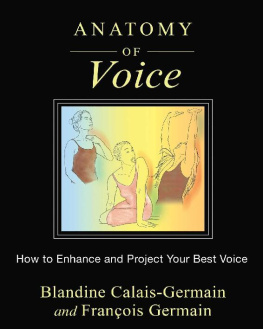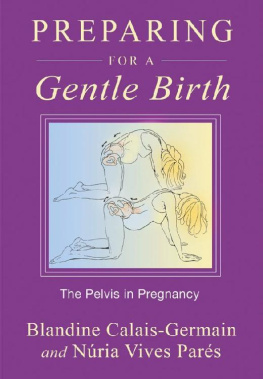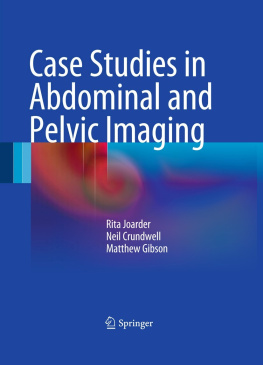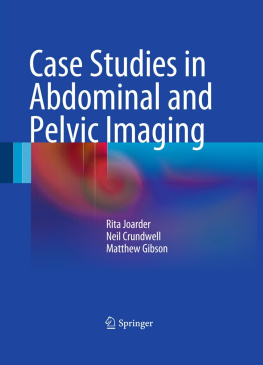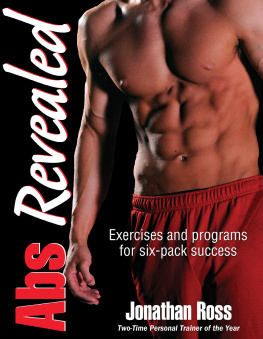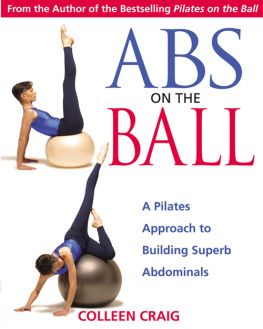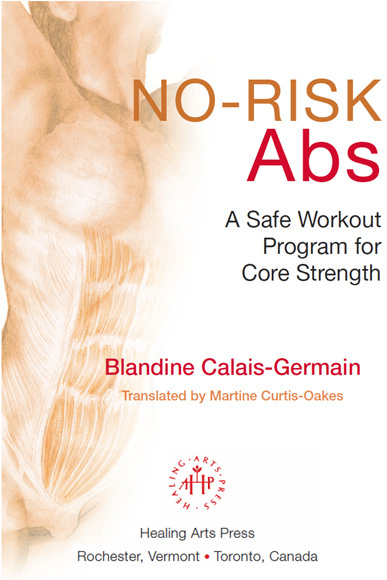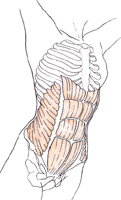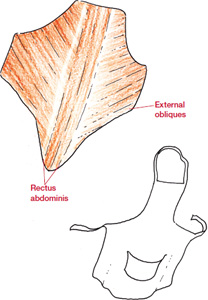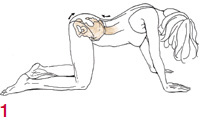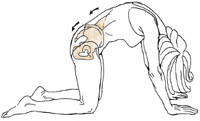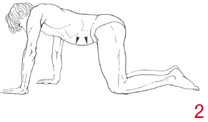Blandine Calais-Germain - No-Risk Abs: A Safe Workout Program for Core Strength
Here you can read online Blandine Calais-Germain - No-Risk Abs: A Safe Workout Program for Core Strength full text of the book (entire story) in english for free. Download pdf and epub, get meaning, cover and reviews about this ebook. year: 2011, publisher: Healing Arts Press, genre: Romance novel. Description of the work, (preface) as well as reviews are available. Best literature library LitArk.com created for fans of good reading and offers a wide selection of genres:
Romance novel
Science fiction
Adventure
Detective
Science
History
Home and family
Prose
Art
Politics
Computer
Non-fiction
Religion
Business
Children
Humor
Choose a favorite category and find really read worthwhile books. Enjoy immersion in the world of imagination, feel the emotions of the characters or learn something new for yourself, make an fascinating discovery.

- Book:No-Risk Abs: A Safe Workout Program for Core Strength
- Author:
- Publisher:Healing Arts Press
- Genre:
- Year:2011
- Rating:5 / 5
- Favourites:Add to favourites
- Your mark:
No-Risk Abs: A Safe Workout Program for Core Strength: summary, description and annotation
We offer to read an annotation, description, summary or preface (depends on what the author of the book "No-Risk Abs: A Safe Workout Program for Core Strength" wrote himself). If you haven't found the necessary information about the book — write in the comments, we will try to find it.
Presents the 16 most effective and safest abdominal exercises for great abs
Reveals how common ab exercises, such as crunches, can damage the spine, pelvic floor, diaphragm, and internal organs
Offers tips to get rid of belly fat--both superficial fat and deeper visceral fat
Presenting a new type of abdominal exercise program designed with the bodys anatomical relationships in mind, Blandine Calais-Germain reveals the 6 underlying principles for working the abs efficiently, 7 exercises to get you ready, and the 16 most effective and safest abdominal exercises for a flat belly. Pointing out that ab exercises are not without risk, she reviews the most common abdominal exercises, such as crunches and leg lifts, and explains how to avoid injury to the neck, lower back, pelvic floor, diaphragm, prostate, and internal organs as well as how to protect these vital structures with appropriate abdominal work.
Exploring this often misunderstood region of the body in her trademark anatomical style, Calais-Germain details the muscular structures that make up the abs, revealing that strength alone is not the sole factor in a flat stomach. Including tips to get rid of belly fat--both superficial fat and deeper visceral fat--this book reveals how to get great abs, lose weight, gain strength, and build your core all without hurting yourself.
Blandine Calais-Germain: author's other books
Who wrote No-Risk Abs: A Safe Workout Program for Core Strength? Find out the surname, the name of the author of the book and a list of all author's works by series.

